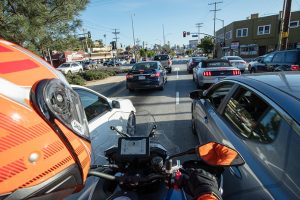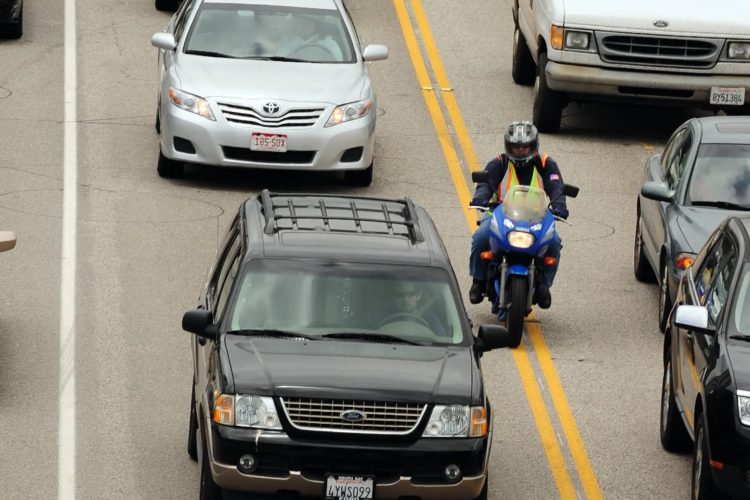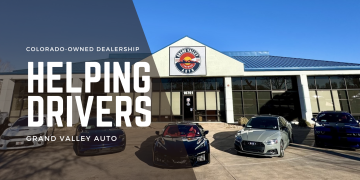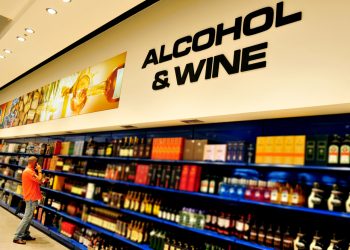New Colorado Motorcycle Law Goes Into Effect During Deadliest Time of Year for Crashes
A significant change is coming to Colorado’s driving laws with the legalization of motorcycle lane filtering. This new law takes effect during what the Colorado State Patrol calls the “100 deadliest days of summer,” the period between Memorial Day and Labor Day, which sees an increase in traffic crashes and fatalities. Through July 16, state troopers have investigated 135 fatal crashes this year, 15.5% of which involved a motorcycle.
In the first two weeks of July, the percentage of fatal crashes involving motorcycles more than doubled, accounting for 37.5% of all fatal crashes. Larimer County alone has reported four fatal motorcycle crashes this year, according to the county coroner.
When the Law Takes Effect and What It Allows
Starting August 7, motorcyclists will be allowed to drive between lanes under certain conditions on a three-year trial basis, following the signing of the bill into law by Gov. Jared Polis. The law permits motorcyclists to overtake or pass another vehicle between two lanes of vehicles if:
- The other vehicle is stopped.
- The road has lanes wide enough to pass safely.
- The motorcycle is going 15 mph or less.
- Conditions allow for prudent operation of the motorcycle while overtaking or passing.
“Driving at low rates of speed, such as 15 miles per hour or less on a motorcycle, is more challenging and requires a higher level of skill,” said Col. Matthew C. Packard, chief of Colorado State Patrol, in a news release. He encouraged newer riders or those needing a skills refresher to seek hands-on training before attempting this new practice in real traffic situations. The Colorado State Patrol highlighted the Colorado Motorcycle Operator Safety Program as a reliable resource for training riders of all experience levels.

What the Law Does Not Allow
Motorcyclists must not overtake or pass:
- On the right shoulder.
- To the right of a vehicle in the farthest right-hand lane if the highway is not limited access.
- In a lane of traffic moving in the opposite direction.
Is Lane Filtering the Same as Lane Splitting?
No. Lane filtering is when a motorcyclist rides between stationary vehicles, whereas lane splitting is when a motorcyclist rides between moving vehicles.
What States Allow Lane Filtering and Lane Splitting?
Limited forms of lane filtering are legal in Arizona, California, Hawaii, Montana, and Utah. California is the only state that permits lane splitting.
Are Lane Filtering and Lane Splitting Safe?
There is no significant study on lane filtering, but due to restrictions on vehicle speed, it is reasonable to expect filtering to be safer than splitting. The most notable research on lane splitting was conducted at UC Berkeley’s Safe Transportation Research and Education Center, examining lane splitting in California in 2012-13 with results released in 2015.
Highlights of the Study:
- Lane splitting is relatively safe if done in traffic moving at 50 mph or less and if motorcyclists do not exceed the speed of other vehicles by more than 15 mph.
- Motorcyclists going more than 15 mph faster than other vehicles significantly increased the risk of injury.
- About 17% of motorcycle crashes involved lane splitting.
- Lane splitting reduces rear-end collisions.
Pros and Cons of Lane Splitting/Filtering
Pros:
- Improves traffic flow.
- It’s safer; lane-splitting motorcyclists are injured less frequently than those not lane-splitting.
- Reduces rear-end collisions involving motorcyclists.
Cons:
- Introducing the maneuver takes getting used to by vehicle drivers and motorcyclists, which may lead to an increase in collisions when vehicle drivers initiate lane changes without first checking. This could be heightened with an increase in distracted drivers since the 2015 study.
- A 2014 UC Berkeley survey found 61% of the non-motorcycling public somewhat or strongly disapproved of lane splitting, and 36% of motorists incorrectly believed the practice was illegal.
- Other studies show vehicle drivers believe lane sharing (lane splitting/lane filtering) should not be legal, considering it unsafe and unfair, as all vehicles should follow the same general traffic rules.












